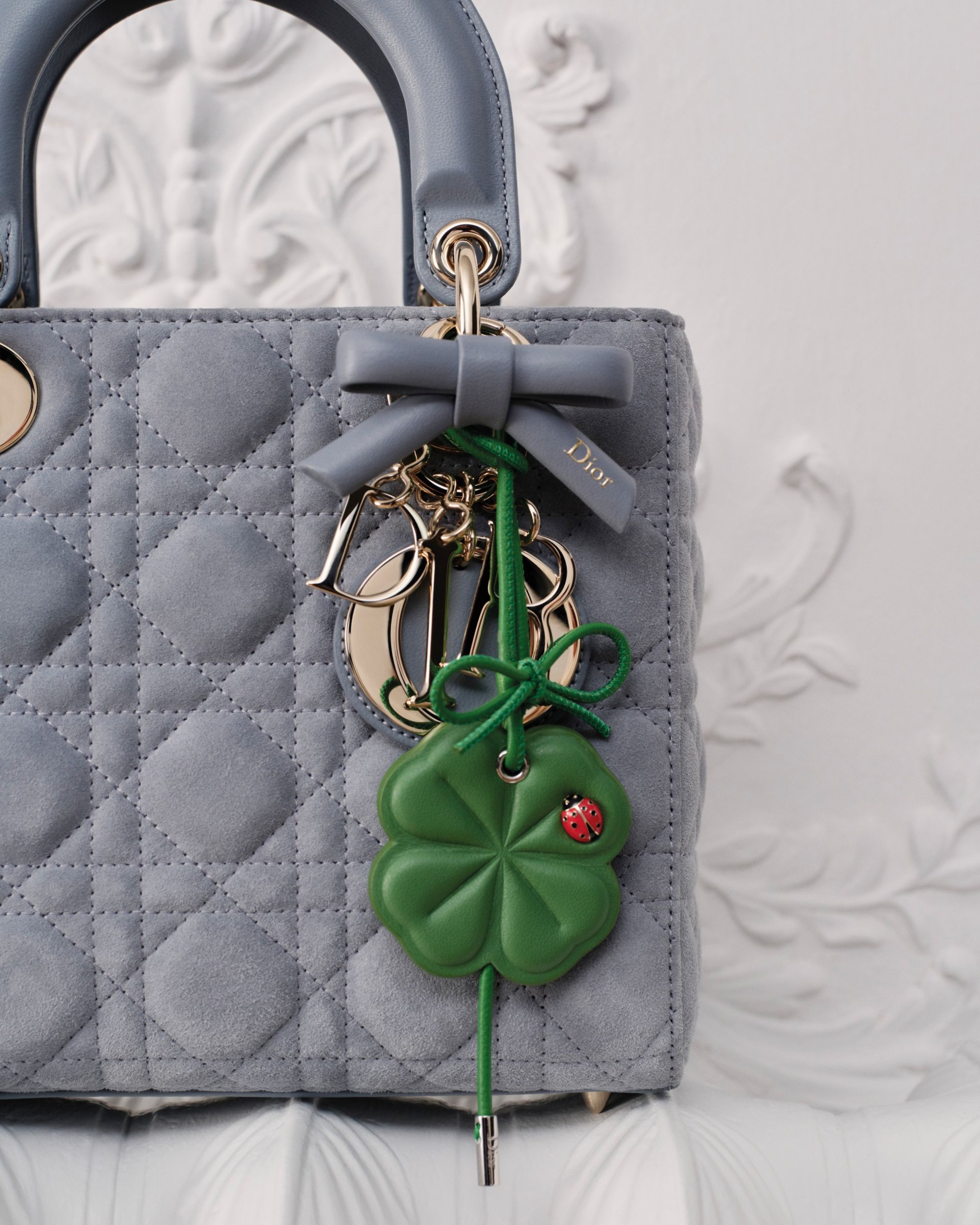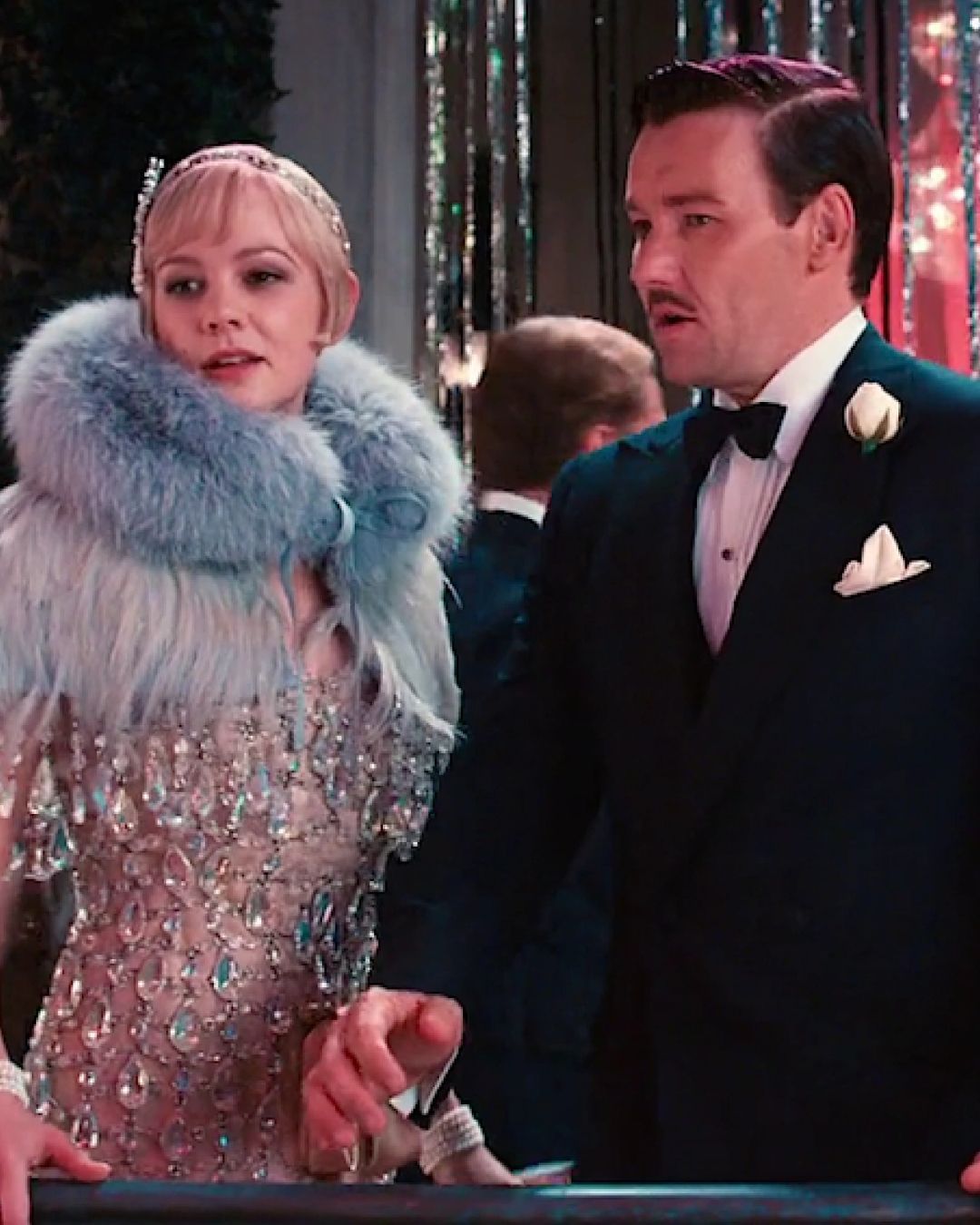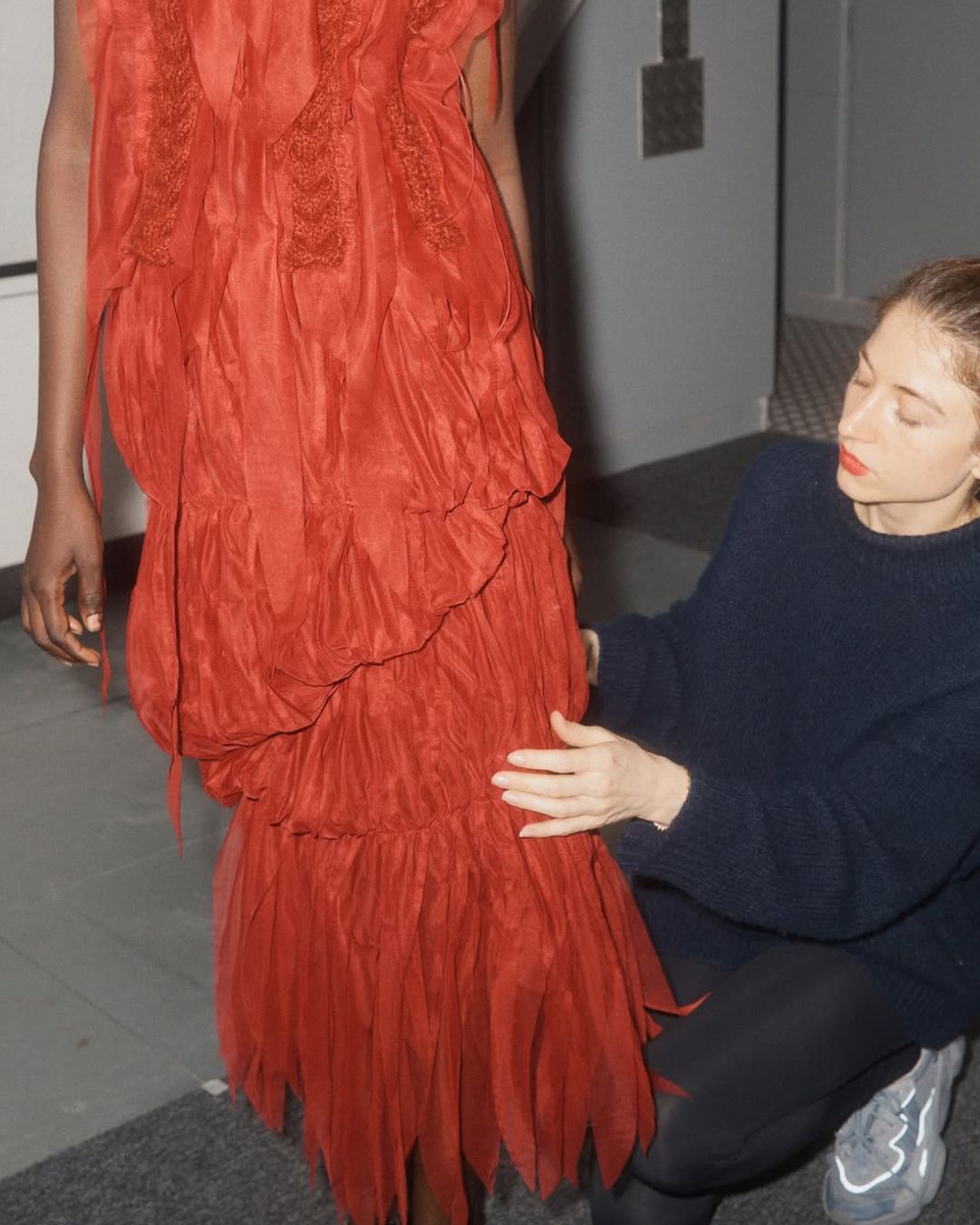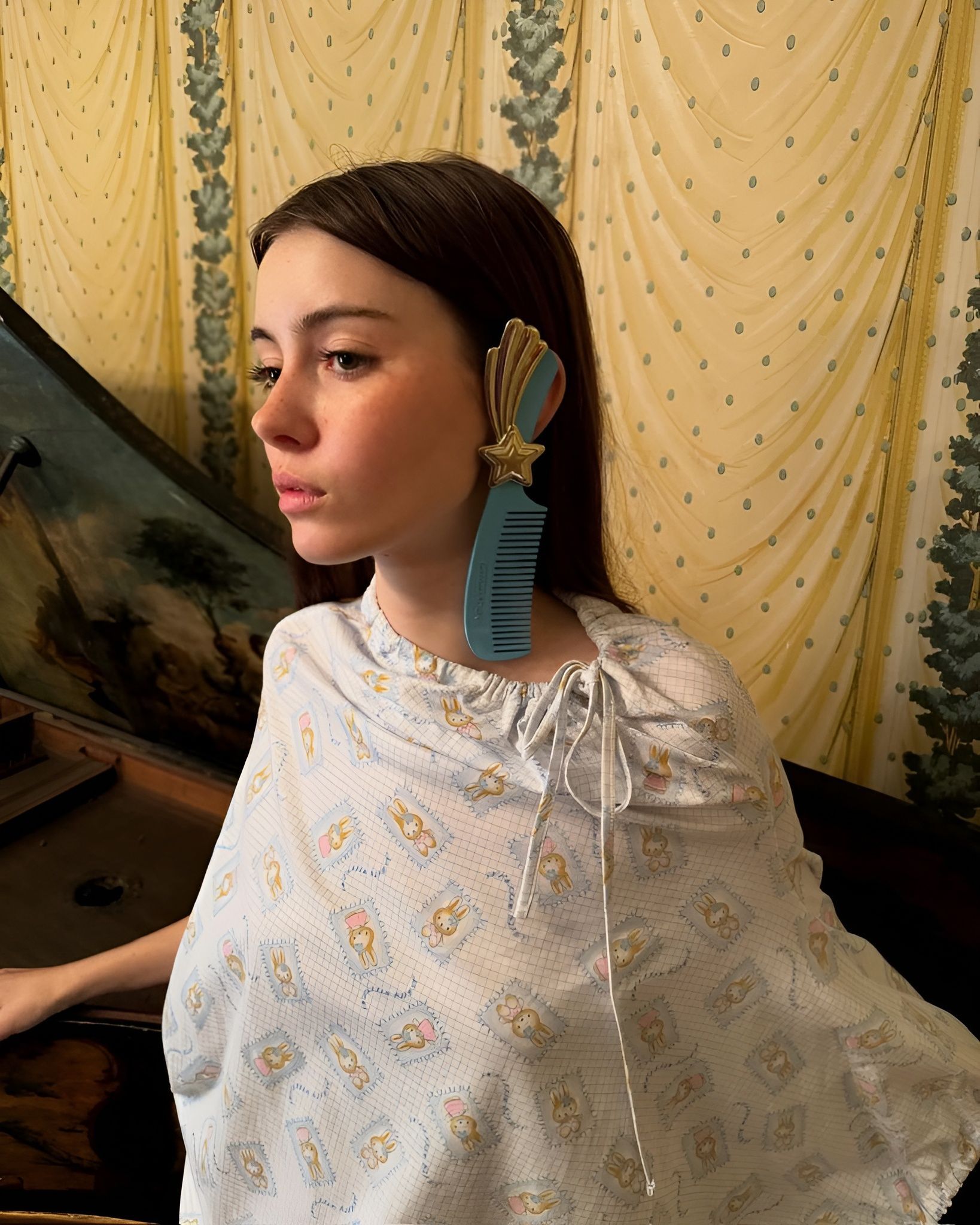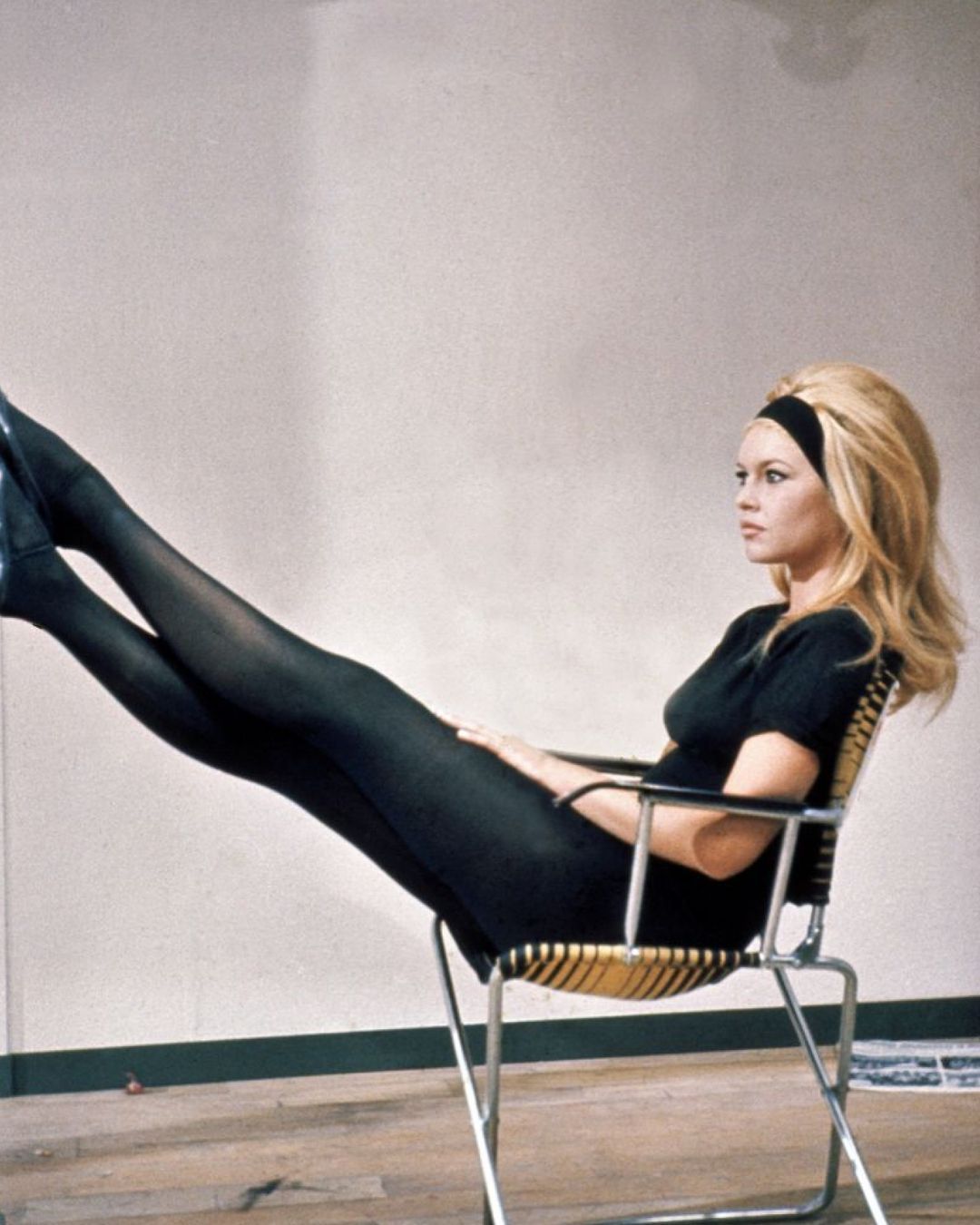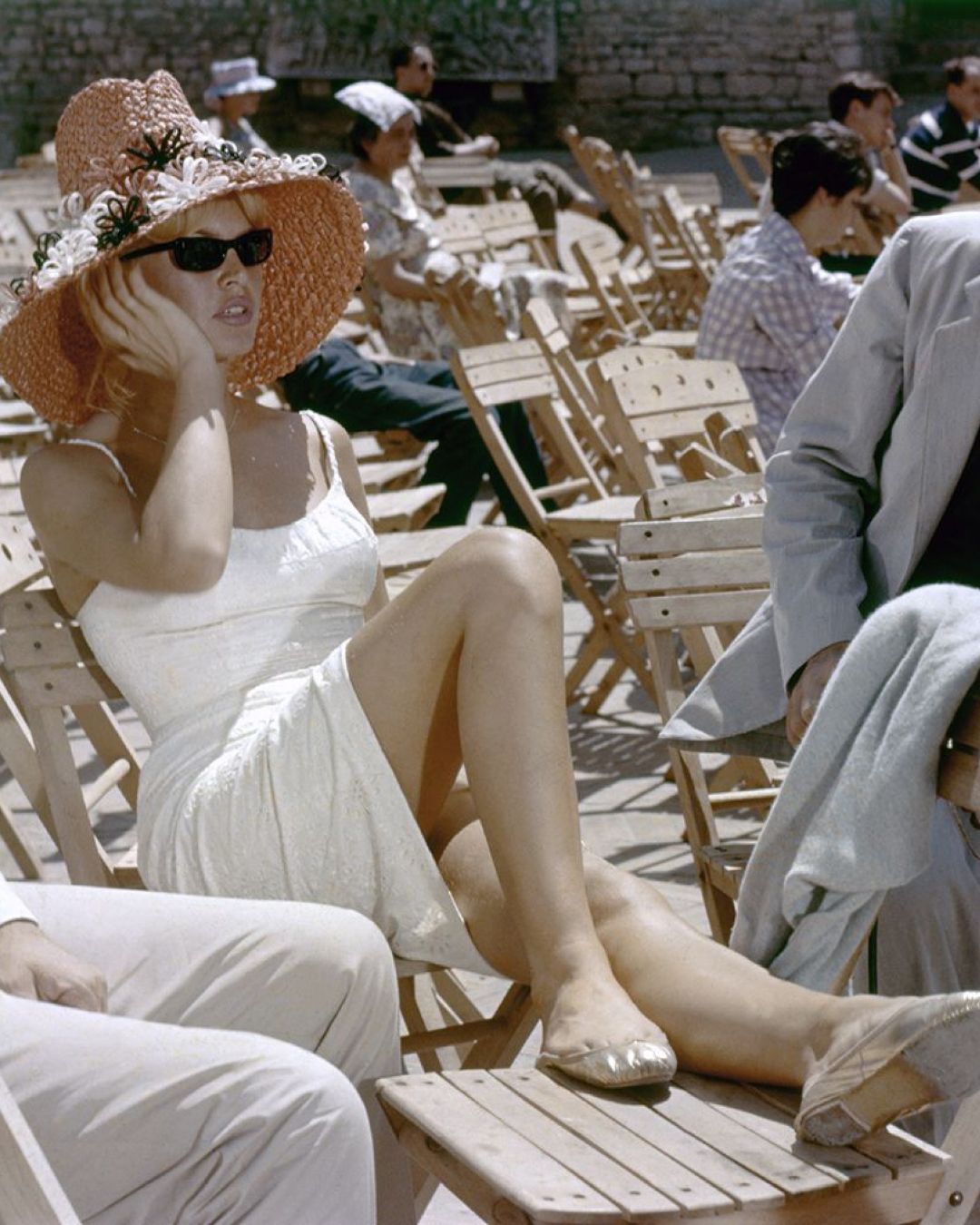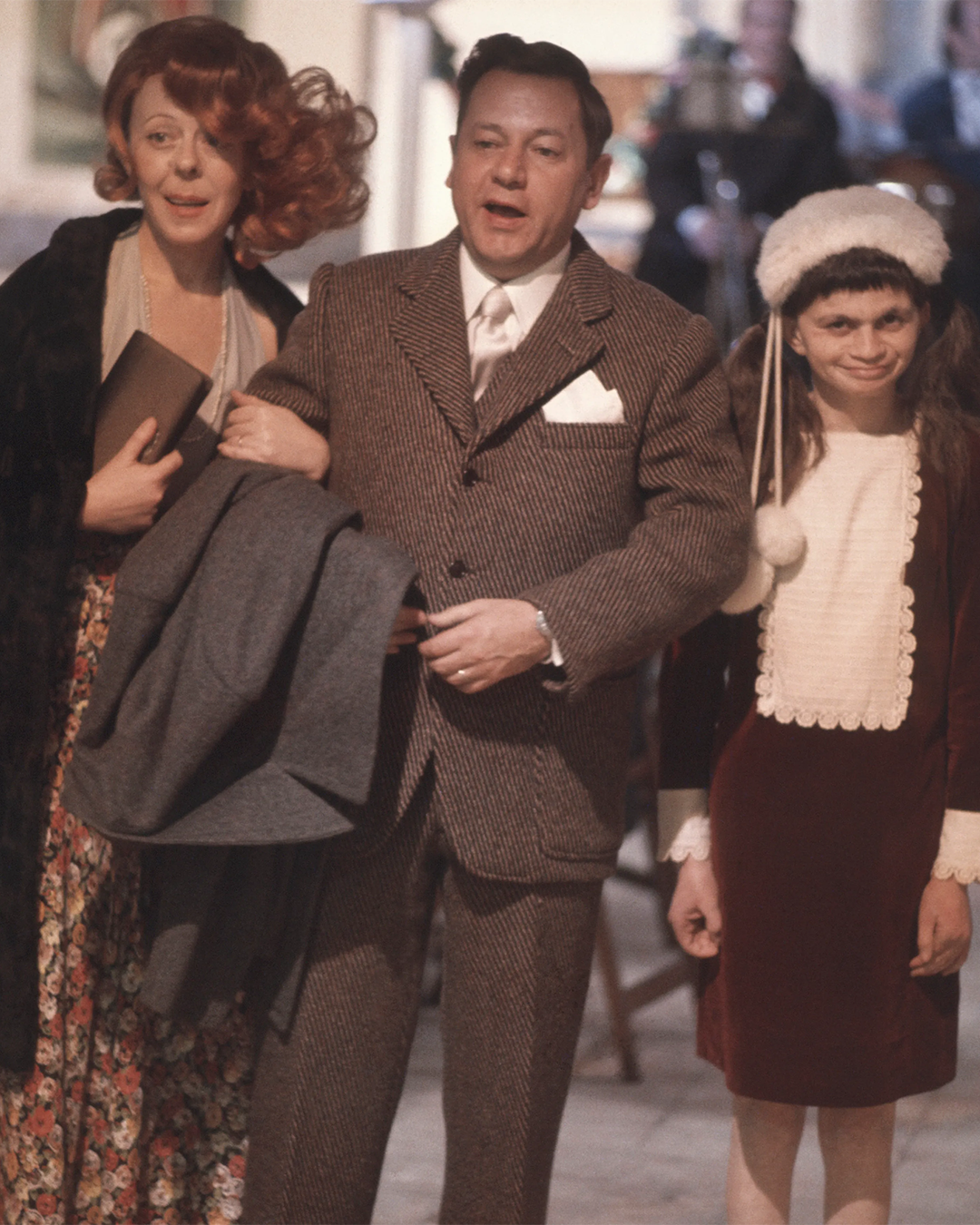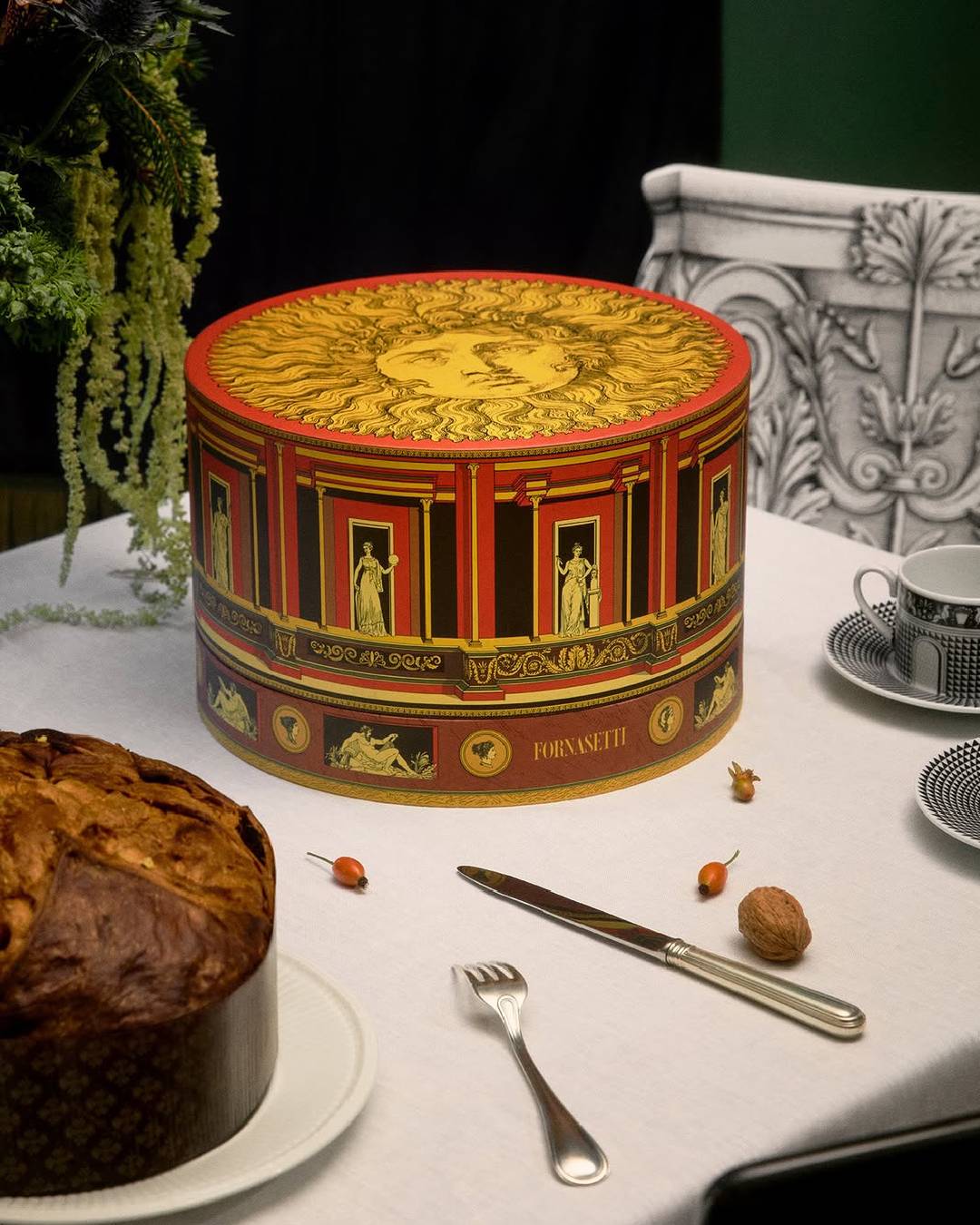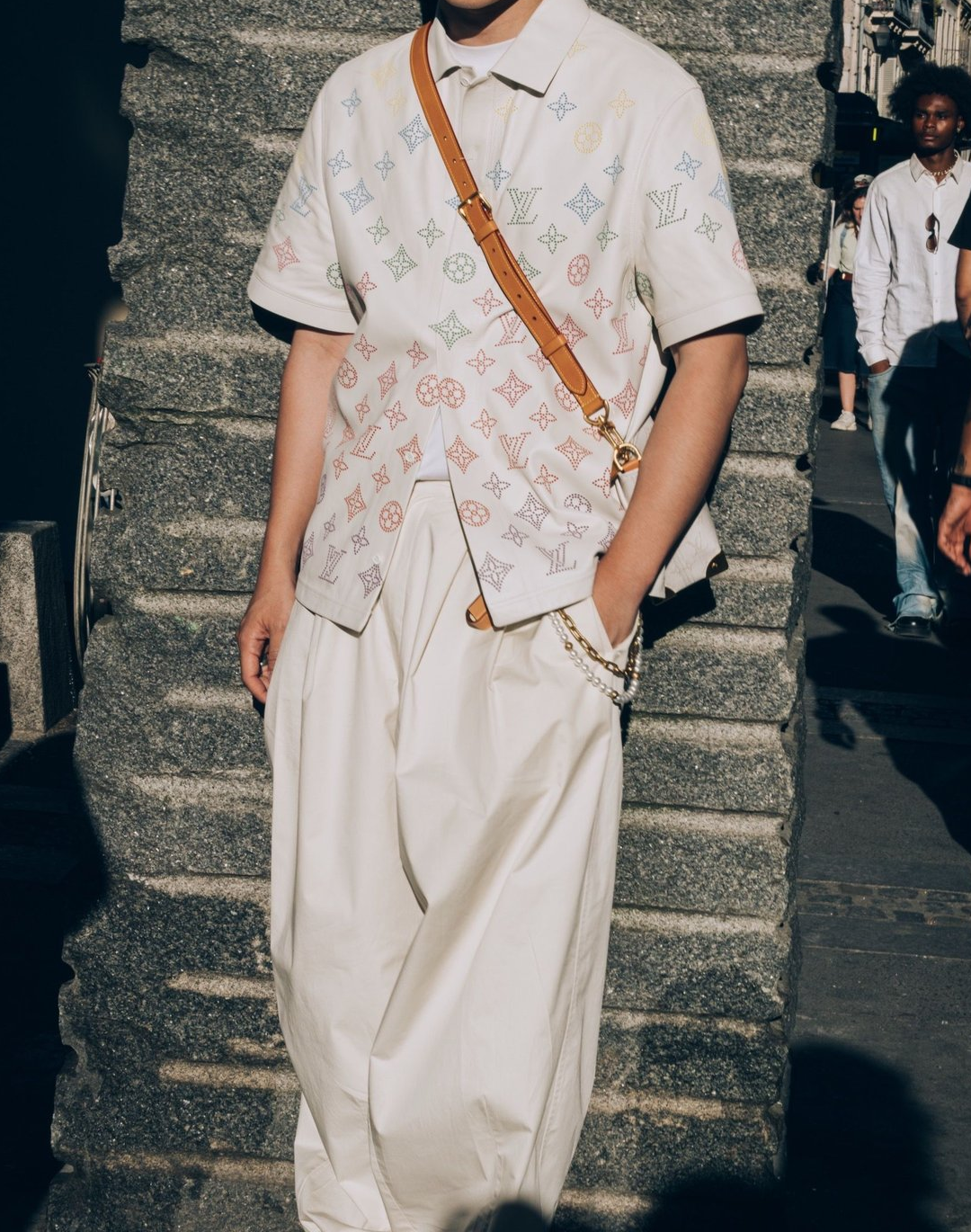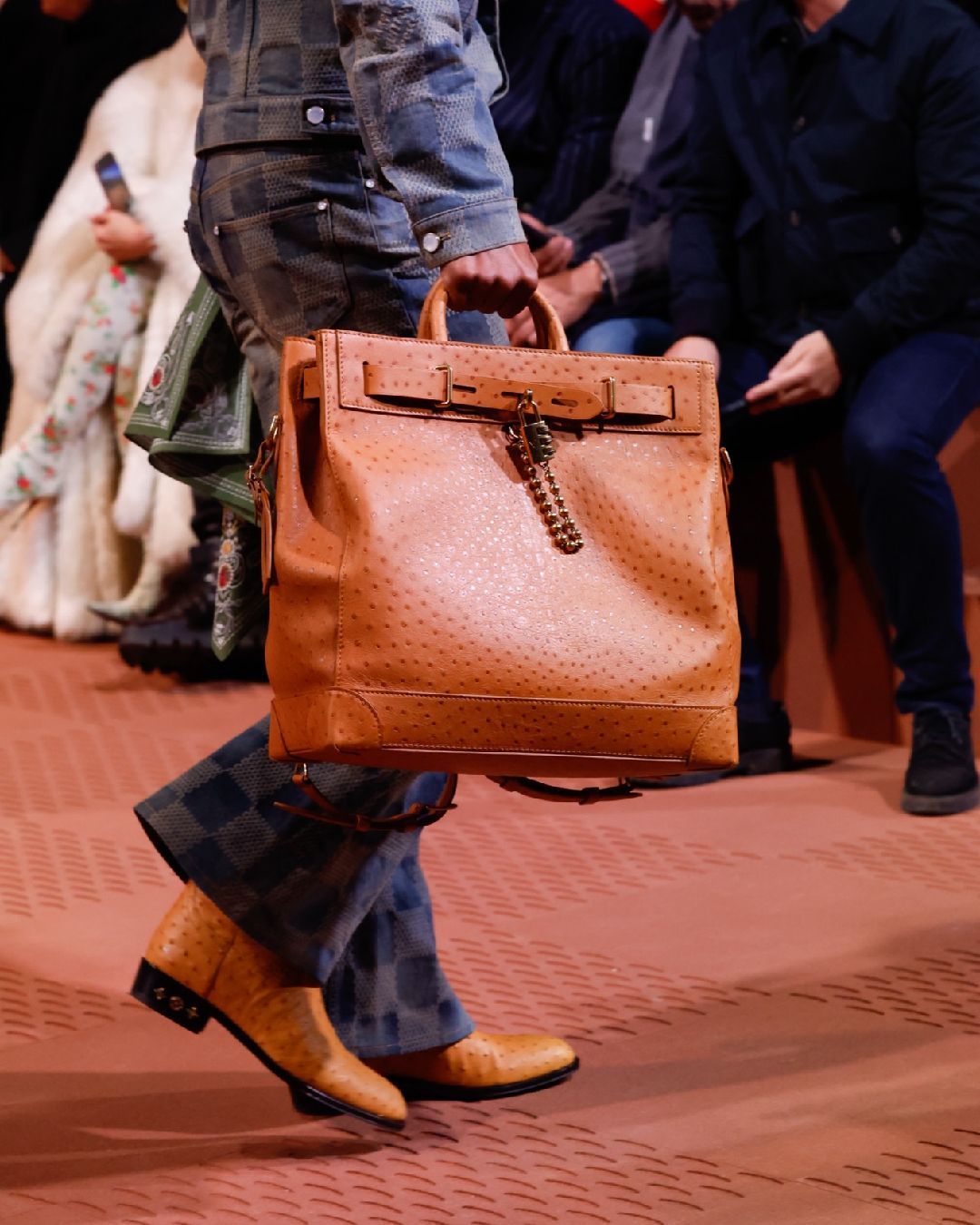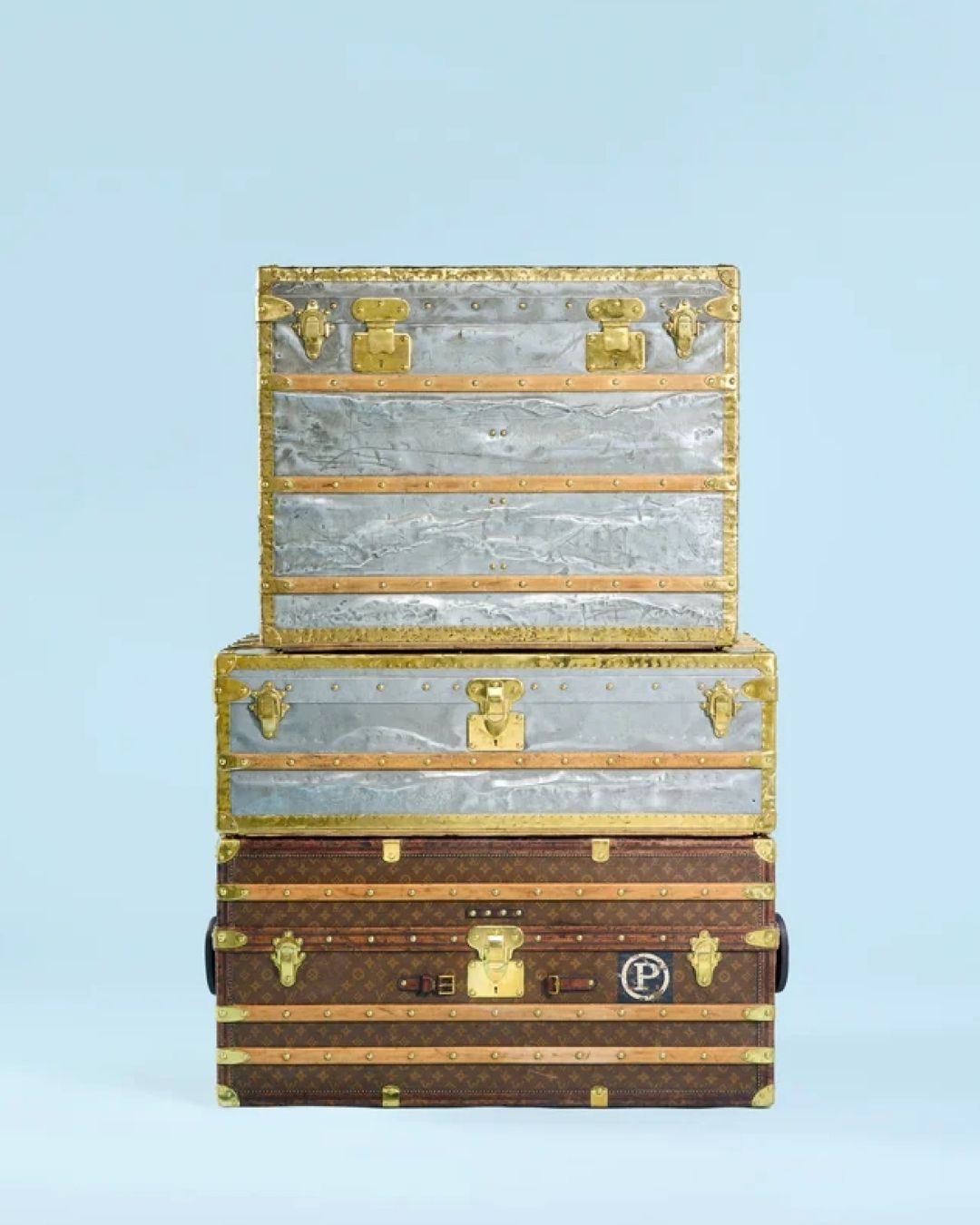
The historical trunks of Louis Vuitton to be auctioned in Paris Christie’s unveils one hundred traveling treasures from June 19 to July 1
After a highly successful first edition last summer, the second wave of auctions for historic Louis Vuitton trunks, organized by Christie’s in Paris, begins today. From June 19 to July 1, the French House’s private collection of trunks will be auctioned off in 100 lots, each containing a small piece of the brand’s history, including travel trunks, some dating back several centuries. It all began in 1837, when 16-year-old Louis Vuitton left his native Jura to walk to Paris in search of a better future. After his long journey, he joined the workshop of Monsieur Maréchal, where he learned the art of packing and protecting travelers’ belongings at a time when only horses, boats, and trains were available. The young Vuitton quickly proved himself and rapidly developed exceptional artisan skills and remarkable know-how.
With his experience, he quickly understood what worked, what didn’t, and above all, what clients needed. In 1854, he opened his own workshop where he created and sold flat trunks to counter the discomfort of the rounded trunks of the time—practical, easy to stack in travel compartments, and iconic. In addition to travelers seeking durable and functional trunks, Vuitton soon attracted a wealthier clientele looking for unique, original, and innovative fashion accessories. To satisfy all customers and offer the most suitable model for each, he launched special orders, a move that earned him an outstanding reputation in the world of travel and fashion.
@lvmh 7 steps to build a @louisvuitton trunk:
In addition to prioritizing traveler safety and comfort with features such as unpickable locks on his trunks, the aesthetic of Louis Vuitton travel pieces quickly attracted attention. To stand out and avoid counterfeiting, he chose to decorate his trunks with original and recognizable patterns. Thus came the famous checkerboard pattern on the House’s trunks and other pieces, later replaced by the iconic monogram combining the creator’s initials. Louis Vuitton’s son, Georges, continued adorning his creations with the logo, unaware it would become one of the most iconic and beloved symbols of luxury. This emblem can be seen on the trunks up for auction, such as the 1929 Monogram canvas shoe trunk with gilt brass fittings—one of the most iconic models in history, made for French singer and actress Lily Pons to carry up to 36 pairs of shoes at once. Also featured will be a hermetically sealed zinc explorer trunk from 1889 and a natural leather trunk from 1934 that looks as if it was carved from wood. To discover all the lots and their stories, an exhibition in addition to the auction will be held at Christie’s from July 21 to 26.


